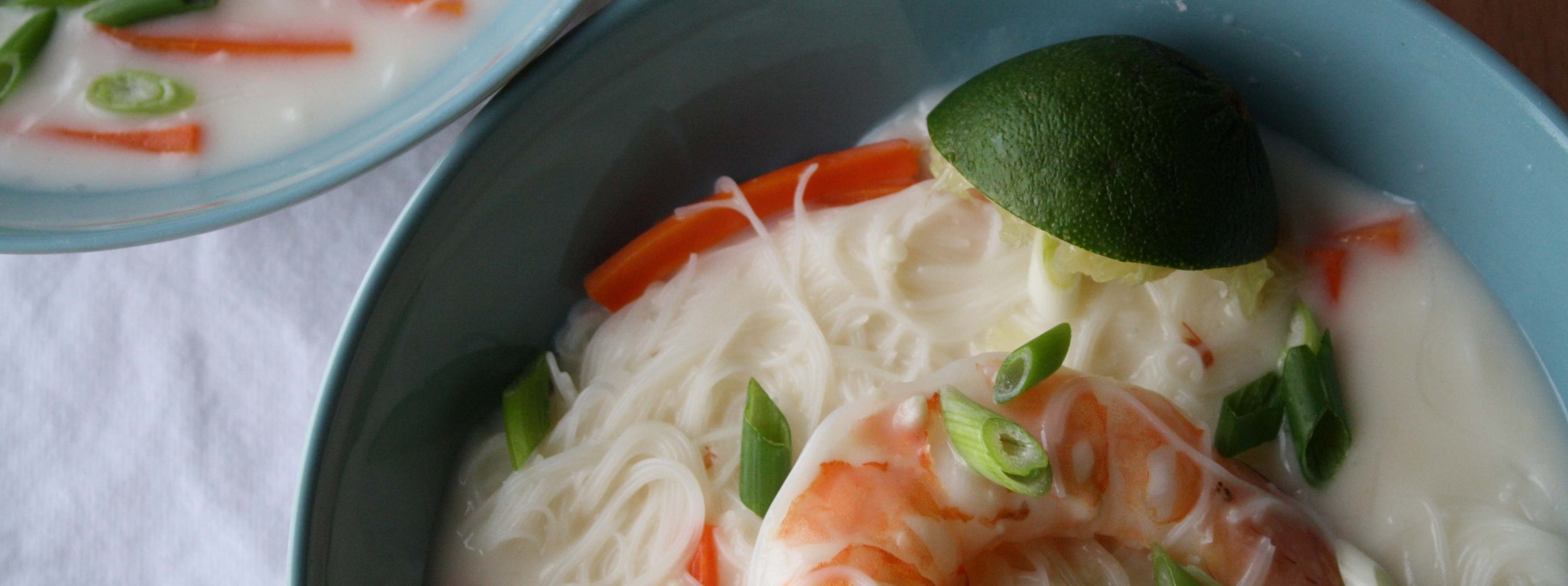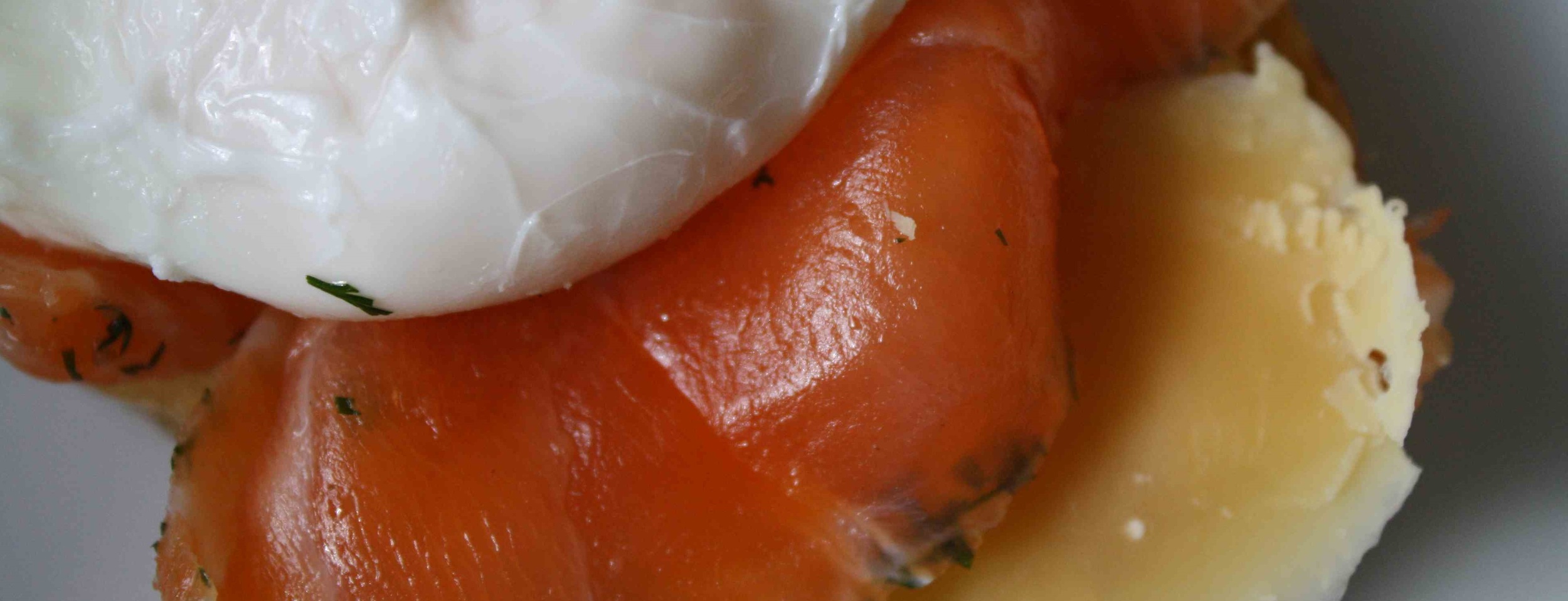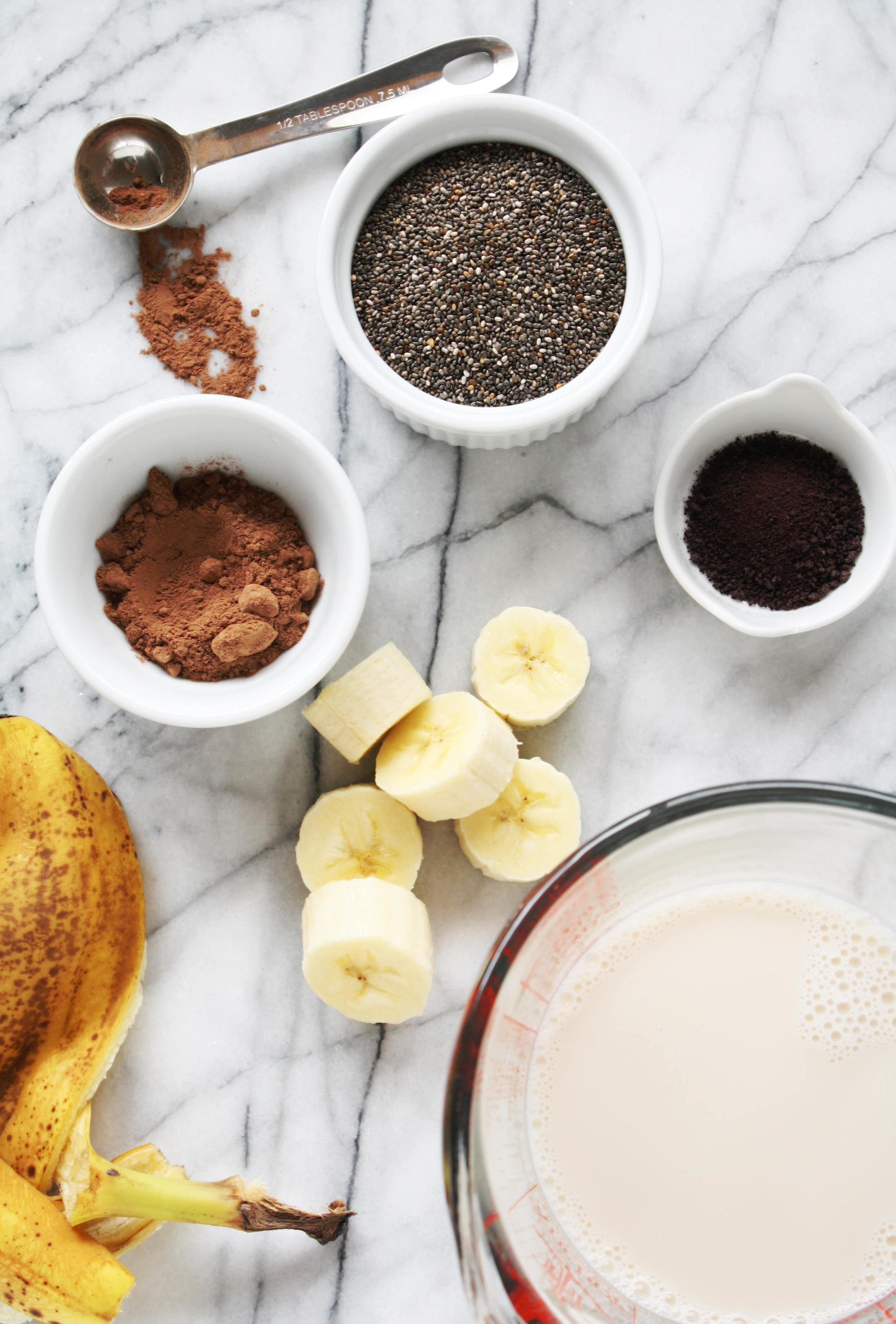Learning how to properly cook protein is one of the most crucial and beneficial steps to becoming a better cook. Once you master the fundamentals, there are countless ways you can experiment with ingredients and flavor to update a recipe.
I usually opt for a quick stovetop searing, followed by a few minutes in the oven to cook individual servings of protein. It's the way I was taught in culinary school and the default method we used in the restaurant. However, I like to keep salmon on the rare side so starting and finishing on the stovetop makes sense.
My barometers for a perfectly cooked piece of salmon are a golden, crispy crust, sufficient salt, a rare center and no white albumin on the surface of the salmon.
Here are my five secrets to achieving that perfectly seared, rare piece of salmon:
1. Use a large pan - when cooking multiple pieces of fish, make sure you're using a large enough pan. If you crowd the fish, they will steam instead of sear and you will never achieve a crust. Also, use stainless steel, not nonstick.
2. Cooking fat - be sure you're using a fat appropriate for high temperature cooking. For health reasons vegetable oils should be avoided and anything with a low smoke point is out too. I'm currently cooking with ghee from pasture-raised cows. Its high smoke point and nutrition profile make it an ideal option. Please note that regular butter is not an acceptable substitute. The milk solids in butter will burn if the pan gets too hot.
3. Pan temperature - you want the pan hot enough to create a nonstick surface, but not too hot that the fish cooks too quickly. Have you ever noticed a white chalky substance on your salmon? That's called albumin - it's a protein and when it's overheated and loses its moisture, it gets pushed to the surface. It's harmless, but not the most appetizing and it can be avoided. On my stove, that perfect temperature is right around a medium flame. On yours it may be higher. If the pan starts smoking when you add the cooking fat, it's a sure sign the pan is too hot.
4. Leave the fish alone - remember when I mentioned getting the pan hot enough to create a nonstick surface? If your pan is heated to an appropriate temperature (medium to medium-high) and you have enough fat in the pan, the protein will stick to the pan at first and then release once your beautiful, golden crust has formed. Be patient and resist the temptation to jam your spatula under the fish to force it to release. It's worth the wait.
5. Undercook rather than overcook - the worst atrocities I have witnessed in the kitchen have always included a dried out, overcooked piece of protein. In the restaurant we used to call well-done meat, "why bother?" By cooking the crap out of a tender piece of meat or fish you lose every wonderful nuance. Texture and flavor? Ruined. Unless you're cooking for the elderly, children or someone with a compromised immune system (the times when food safety is a major concern) err on the side of underdone rather than overdone. Remember, there's always a little bit of carryover cooking as food continues to cook even after it's removed from heat.
Now, take these tips, try the recipe below and let me know how your salmon turns out.
















